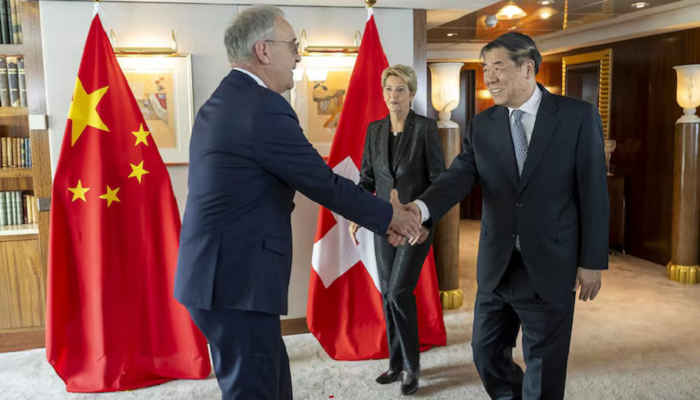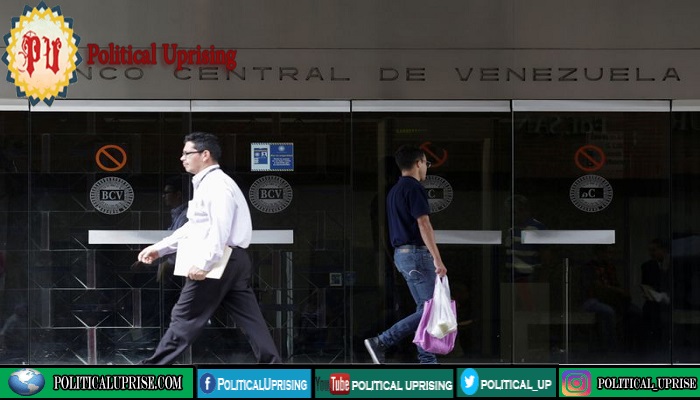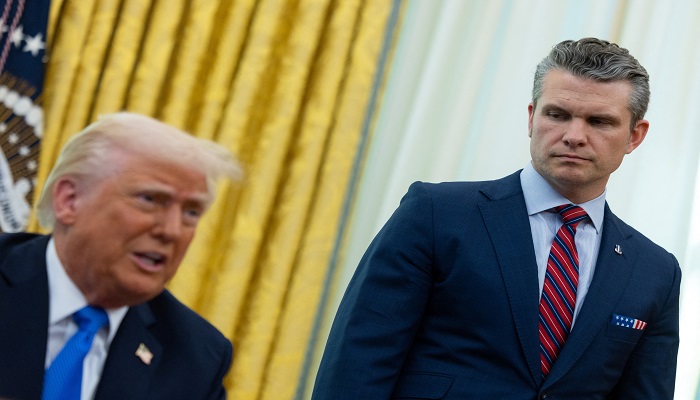Iran has vowed to defend itself after the United States launched unprecedented strikes on three of its key nuclear facilities, including Fordow, Natanz, and Isfahan.
The US operation, which followed Israel’s bombing campaign, has sparked intense international fallout, with Iran’s leadership promising to retaliate against American assets in the region.
Iran’s Foreign Minister, Abbas Araghchi, flew to Moscow for urgent consultations with Russian officials, highlighting the growing geopolitical rift. As the region braces for further confrontation, both Tehran and Washington face mounting pressure, with protesters in the U.S. urging restraint amid fears of a broader conflict.
The already volatile situation between the United States and Iran dramatically escalated after a series of U.S. strikes on key Iranian nuclear facilities. In the dead of night on Sunday, the U.S. military, joined by Israel, launched airstrikes targeting three of Iran’s most critical nuclear sites: Fordow, Natanz, and Isfahan.
Missile Strikes Rock Tel Aviv as Iran Retaliates Against Israeli Attacks
President Donald Trump called the operation a “very successful attack,” claiming it had “obliterated” Iran’s nuclear program. The strikes, carried out by B-2 bombers, were reportedly precise, with high-speed suppression fire used to protect U.S. aircraft, and no shots were fired from Iranian defenses.
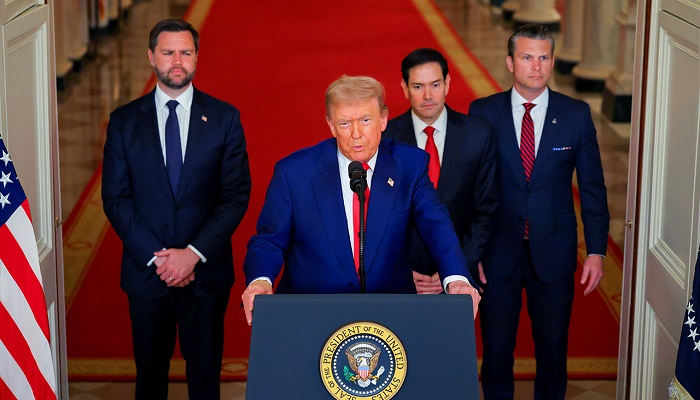
The attack, which followed Israel’s bombing campaign against Iran, has sparked intense international backlash, with Iran vowing to retaliate. Tehran insists its nuclear program is peaceful, primarily intended for energy generation, and has repeatedly affirmed this to the International Atomic Energy Agency (IAEA), which has validated Iran’s program as peaceful on several occasions.
Iran’s Foreign Minister Abbas Araghchi immediately condemned the attacks, labeling them a “grave violation” of international law and the UN Charter. Araghchi further accused the U.S. and Israel of war crimes, emphasizing that the airstrikes crossed a “very big red line.” In response to the aggression, he promised that Iran would “target U.S. assets around the world” as part of its retaliation.
Araghchi’s statements were underscored by his urgent trip to Moscow, where he arrived on Sunday for consultations with Russian President Vladimir Putin and senior Russian officials. Iran’s move to seek Russian support signals the growing alignment between the two countries amid increasing Western hostility.
Iran Escalates Nuclear Efforts Amid Fears of Israeli Strike During Talks
In his remarks, Araghchi affirmed that Iran would not abandon its nuclear program and vowed to continue developing its capabilities in defiance of the U.S. and Israeli strikes. “We are ready to fight this war for a long time,” he declared, reiterating Iran’s stance that the country’s nuclear ambitions are peaceful and within international law. He also hinted at possible missile strikes on U.S. interests in the region, reinforcing the country’s resolve to defend itself.
Meanwhile, U.S. Vice President JD Vance and Defense Secretary Pete Hegseth insisted on Sunday that the U.S. was not seeking regime change in Iran, despite President Trump’s comments earlier in the day questioning whether the Iranian government could “MAKE IRAN GREAT AGAIN.” Vance stressed that the U.S. was “at war with Iran’s nuclear program,” not with the Iranian people or its government. He added that Washington’s goal was to “set back Iran’s nuclear program” and pursue a diplomatic solution, emphasizing that the U.S. did not want to prolong the conflict.
Hegseth further clarified during a Pentagon press briefing that the U.S. military operation had “devastated” Iran’s nuclear infrastructure but was focused exclusively on nuclear facilities, not on military personnel or civilians. Despite the operational success, U.S. officials admitted it would take time to assess the full extent of the damage inflicted on Iran’s nuclear capabilities.
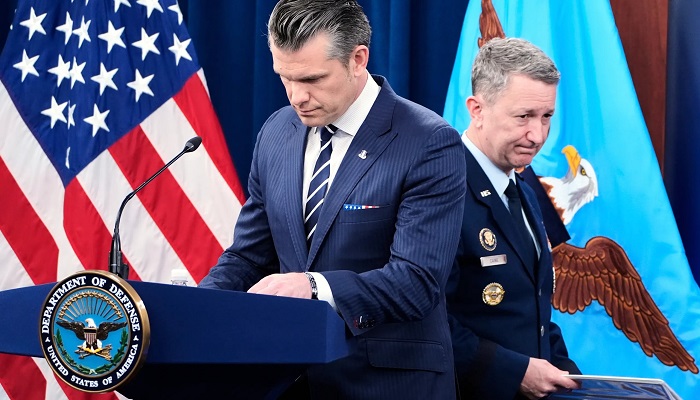
As the conflict enters its 10th day, Iranian leaders have promised retaliation, and protests against U.S. involvement in the region have erupted across the globe. In Tehran, President Masoud Pezeshkian joined thousands of Iranians in condemning both the U.S. and Israel. “Revenge, revenge!” protesters shouted as they rallied in central Tehran, expressing their anger over the strikes.
While the strikes have caused significant destruction, the U.S. has maintained its stance that Iran’s nuclear ambitions cannot be allowed to move forward. The Pentagon’s General Dan Caine confirmed that B-2 bombers were dispatched for the strike, which was dubbed “Operation Midnight Hammer.” This operation, he explained, included deception tactics and maneuvers designed to protect U.S. bombers, with no indication that Iranian missile defense systems engaged the aircraft.
Massive Explosion Rocks Iran’s Bandar Abbas, Leaving Hundreds Injured
However, concerns over the long-term impact of these strikes on U.S. military personnel stationed in the region persist. The U.S. military has ramped up its defenses in anticipation of potential retaliation from Iranian missile forces, with further deployments expected.
Meanwhile, Secretary of State Marco Rubio sought to calm tensions, telling CBS that there were no immediate plans for further military action against Iran. His comments, however, did little to quell fears of an all-out regional conflict as both Iran and the U.S. prepare for what could become a prolonged military engagement.
The attack on Iran’s nuclear facilities comes amid growing concerns over the destabilization of the Middle East. Iran’s expanding alliance with Russia, especially in the wake of these strikes, could have profound implications for regional security. Iran’s ambassador to Pakistan, Dr. Reza Amiri Moghadam, expressed Tehran’s determination to fight back, adding that Iran had not yet sought weapons from any country but was prepared for a prolonged conflict with the support of its leadership.
Dr. Moghadam explicitly dodged a question about whether the U.S. used Indian airspace for the operation. Instead, he hinted that the strikes likely originated from a Western direction, possibly from European or U.S. military bases, rather than from India, a key partner for both the U.S. and Iran in the region.
The Iranian ambassador sarcastically questioned how Donald Trump, given his military actions against Iran, could possibly be considered for a Nobel Peace Prize. He pointed out the stark contrast between the Nobel Peace Prize’s ideals of diplomacy and conflict resolution and the reality of Trump’s policies, which involve aggression and military escalation.
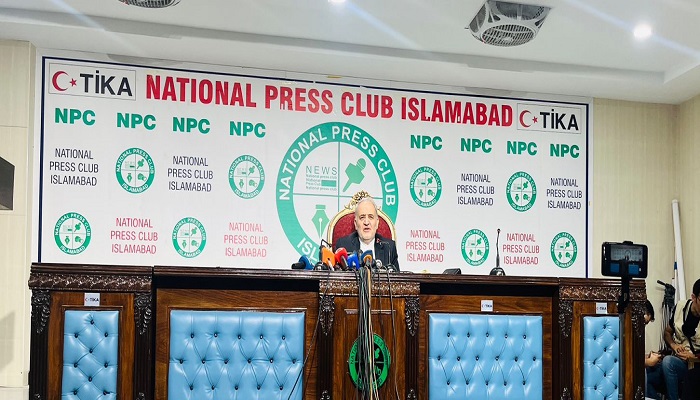
Meanwhile, in a special session of the United Nations Security Council, held on Sunday to address the U.S. strikes on Iran, Russia, China, and Pakistan proposed a resolution calling for an immediate and unconditional ceasefire in the Middle East. The resolution seeks to halt the escalating violence and return to serious negotiations on Iran’s nuclear program. U.N. Secretary-General António Guterres emphasized the urgency of the situation, calling the bombing of Iranian nuclear sites “a perilous turn” and urging the Security Council to act “immediately and decisively” to de-escalate the conflict and return to diplomatic dialogue.
This latest round of military escalation has prompted widespread international concern. Several international organizations, including the United Nations and the European Union, have called for restraint and a return to negotiations, though it remains unclear whether any diplomatic solutions are on the horizon.
As the situation continues to unfold, the world watches anxiously, aware that the next moves by the U.S., Iran, and their respective allies could determine the course of the conflict and the future of peace in the Middle East.

